あなたはどちらかを選ぶのに苦労していますか? シリコーン と TPE? シリコンとTPEを選択するのは難しい場合があります, どちらも同様の特性を共有しています. この記事で, 両方の材料の詳細に飛び込みます, あなたが情報に基づいた選択をするのを助けるために彼らの違いを強調する.
シリコンとTPEとは何ですか?
シリコンの定義
シリコンは、シリコンで作られた合成ポリマーです, 酸素, 炭素, および水素. シリコンオキシゲンバックボーンは、柔軟性と安定性を与えます. シリコンは柔らかく弾力性があります, 広範囲の温度にわたってその特性を維持します. さまざまな形があります, エラストマーなど, 樹脂, ゲル, および液体. これらのフォームは、シールなどの製品で使用されます, ガスケット, 医療機器, とキッチン用品.
TPE定義
TPEは、熱可塑性とエラストマーの特性を組み合わせた材料のクラスです, 通常、プラスチックとゴムのブレンドまたは共重合体で構成されています. ハードセグメントは剛性を与えます, ソフトセグメントは柔軟性を提供します, 強度と柔軟性のバランスを作り出します. 熱可塑性エラストマーに処理でき、さまざまな硬度レベルで利用できます. TPEは、自動車部品などの製品で使用されます, 履物, および医療機器.
それらの特性の違いは何ですか?
| 財産 | シリコーン | TPE |
| 柔らかさと柔軟性 | 優れた - シリコンは柔らかく柔軟です | バランス - TPEは柔軟性と強度の良い組み合わせを提供します |
| 温度抵抗 | 優れた - シリコンは、-60°Cから +300°Cから極端な温度に耐えることができます | Good - TPEは-30°Cから +100°Cまでうまく機能します |
| 耐薬品性 | 優れた - シリコンは幅広い化学物質に抵抗します, 酸を含む, ベース, オイル, および溶剤 | 良い - TPEはオイルに抵抗します, グリース, アルコール, 弱酸, 弱いベース, そしていくつかの溶媒 |
| 耐摩耗性 | 中程度 - シリコンは中程度の耐摩耗性があり、高摩擦環境で摩擦を繰り返して摩耗させます. | 優れた - TPEは耐摩耗性に優れています, 耐摩耗性が強い |
柔らかさと柔軟性
シリコーン
シリコンは、その柔らかさと柔軟性で知られています. 永久的な損傷なしに変形します. 分子構造のSI-O結合は柔軟性を与え、ストレッチまたは圧縮後に元の形状に戻すことができます. シリコンは低温と高温の両方で柔軟性を維持できます, その弾力性を維持します. これにより、アザラシなどの製品に適しています, ガスケット, および医療機器, 柔軟性と快適性が不可欠です. しかし, その柔らかさは、高摩擦環境での耐久性も制限します, 時間の経過とともに着る傾向があるため.
TPE
TPEは、硬度と柔らかいセグメントの構造により、柔らかさと柔軟性のバランスがあります. ソフトセグメントにより、TPEは形を失うことなく曲げて伸びることができます, そして、ハードセグメントは強度と耐摩耗性を追加します. この組み合わせにより、TPEは柔軟性と強度の両方を必要とするアプリケーションに最適です. TPEは、さまざまな条件で柔軟性を維持します, 厳しい環境で耐久性を提供します.
温度抵抗
シリコーン
シリコンは、その例外的な温度抵抗で有名です. シリコンオキシゲンバックボーンは、高温と低温の両方で確実に機能することを可能にします. シリコンは通常、温度に-60°Cから +230°Cに耐えることができます, 特定の特殊なグレードは、さらに高い温度に耐えることができます, 短期間 +300°Cまで. この機能により、シリコンは極端な環境でのアプリケーションに最適です, 航空宇宙など, 自動車, および電気断熱, 他の材料が機能性を低下させるか、機能を失います.
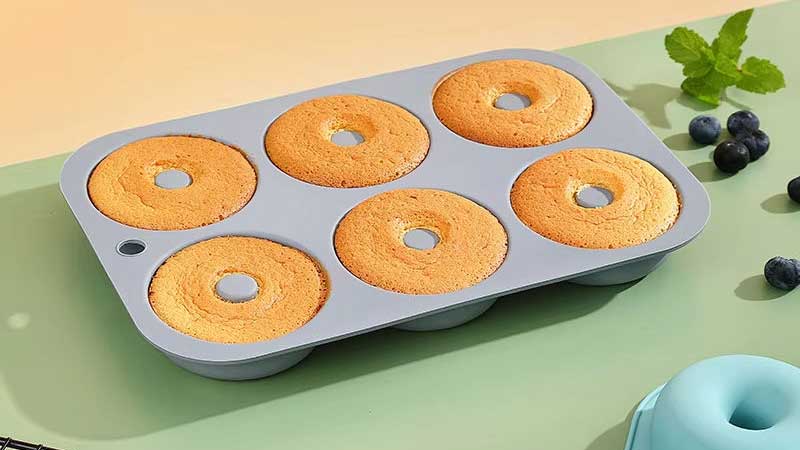
TPE
TPEは良好な温度抵抗を提供します, 一般的にはシリコンよりも堅牢性が低くなります. 通常、-30°C〜 +100°Cの範囲でうまく機能します. いくつかの製剤は、より高いまたは低い温度に耐えることができます. 材料のハードセグメントは、高温の安定性に貢献しています, 一方、ソフトセグメントは低温で柔軟性を提供します. しかし、それは下限以下の極端な寒さでタフネスを失う可能性があります. 温度に上限を超えてさらされた場合, TPEは柔らかくなり始めます, その形状または構造的完全性を失う可能性があります.
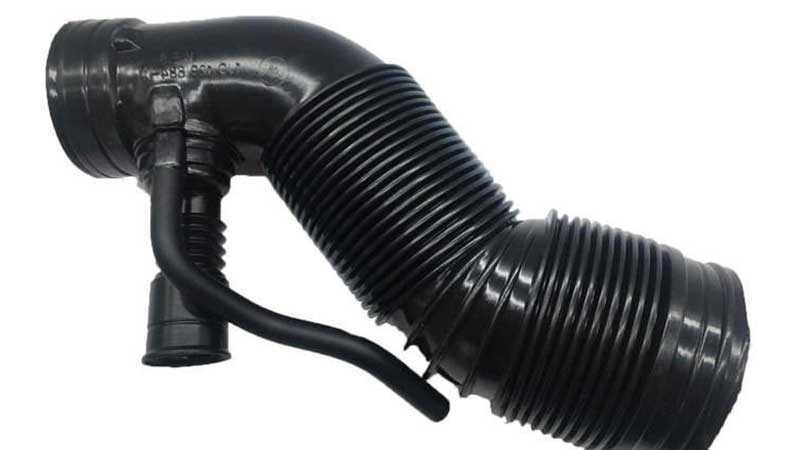
耐薬品性
シリコーン
シリコンは、優れた耐薬品性に対して非常に評価されています. シリコンは、広範囲の化学物質への曝露に耐えることができます, 酸を含む, ベース, オイル, および溶剤, 腫れや劣化なし. そのような設定でのその長期的な安定性により、シリコンは腐食性物質のある環境に理想的になります.
TPE
TPEは良好な化学耐性を提供します, しかし、そのパフォーマンスはシリコンよりも限られています. オイルに耐性があります, グリース, アルコール, 弱酸, 弱いベース, そしていくつかの溶媒, 産業用および自動車用アプリケーションでの使用に適しています. TPEの耐薬品性は、多くのアプリケーションにとってまだ十分に堅牢です, 柔軟なチューブなど, コーティング, そして履物, 過酷な化学物質への曝露が頻繁でも長くもない場合.
耐摩耗性
シリコーン
シリコンは、他のエラストマーと比較して中程度の耐摩耗性があります. その柔らかく柔軟な構造は、繰り返し摩擦で着用する傾向があります. シロキサン骨格は、柔軟性と熱安定性を提供します, しかし、それは機械的強度に大きく貢献していません. 結果として, シリコンの表面は時間とともに着用できます. シリコーンは摩擦を最小限に抑えた用途で優れた性能を発揮します, アザラシのような, ガスケット, および電気断熱. しかし, 高摩擦環境で, 耐久性には限界がある.
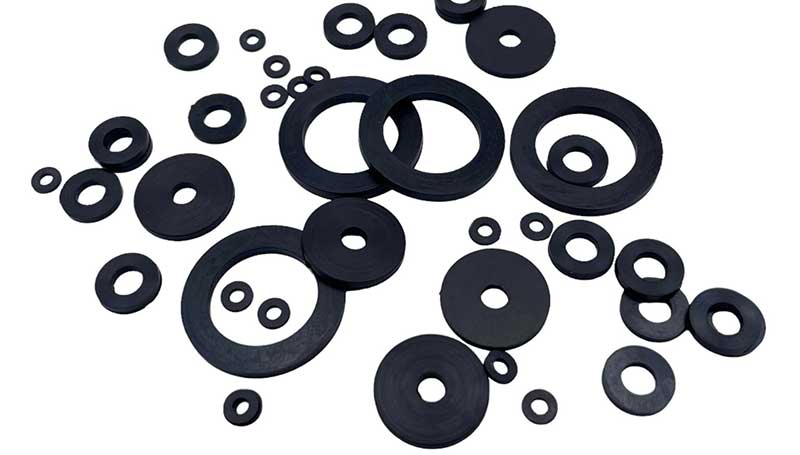
TPE
TPEは優れた耐摩耗性で知られています. ハードセグメントとソフトセグメントを組み合わせた素材. これにより、靭性と耐摩耗性が向上します。ハードセグメントが剛性と強度を提供します。, ソフトセグメントは柔軟性を提供します. このバランスにより、TPE は機械的ストレスに耐えることができます。, インパクト, 大きなダメージを与えずに摩擦を軽減. TPE は絶えず摩耗する用途に最適です, 靴のアウトソールなど, 自動車部品, 産業用ホイールと. 硬度と靭性が高いため、高摩擦環境においてはシリコンよりもはるかに耐久性が高くなります。.
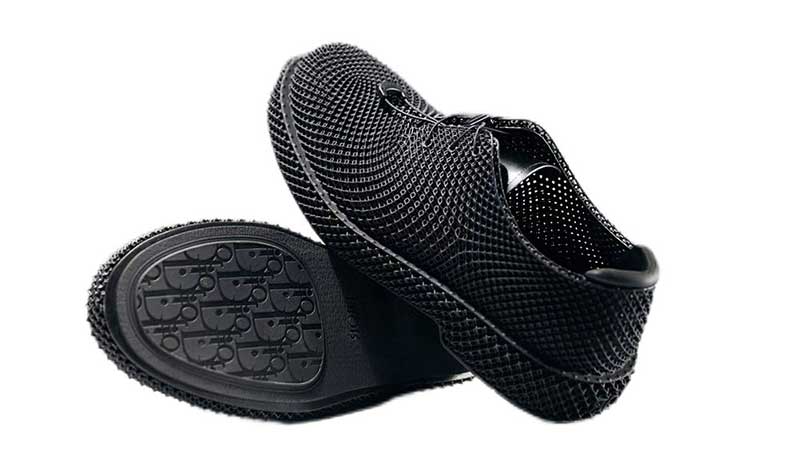
生体適合性があり安全ですか?
シリコーン
シリコーンは、その高い生体適合性と安全性が広く知られています。. 医療およびヘルスケア用途に最適な素材です. それは非毒性です, 非反応性, 人間の組織と接触しても有害反応を引き起こしません。, これはインプラントにとって重要です, カテーテル, そして補綴物. シリコーンの不活性な性質により、有害物質が体内に浸出しません。, 微生物の増殖に対する耐性があるため、長期の移植に適しています。. その上, シリコーンは多くの用途で FDA の承認を受けています, ベビー用品など, ボトル, おしゃぶり.
TPE
TPEは優れた生体適合性を示します, しかし、シリコンほど広く受け入れられているわけではありません. 無毒で肌に優しいです, 医療用チューブに適しています, 整形外科用装置, および保護コーティング. 一部のタイプの TPE は、身体との短期間の接触が承認されています, ただし、その生体適合性は特定の処方によって異なる場合があります. その化学組成により、, 長期の移植に必要とされるのと同じ厳格な医療基準を常に満たしているとは限りません, シリコンがそうであるように. それにもかかわらず、, TPE は一般に、短期間であれば安全であると考えられています, 低リスクの医療用途.
彼らはどうですか?製造された?
シリコーンの製造工程
シリコーンは射出成形など様々な方法で加工可能, 圧縮成形, そして押し出し. 一般的に, このプロセスにはシリコン素材を加熱することが含まれます, 金型を使って希望の形に成形します, そして最終的な特性を達成するためにそれを硬化させます. 頻繁, 機械的性能を向上させるために後硬化が適用されます. 通常、プロセスでは最適な結果を得るために温度と圧力を正確に制御する必要があります。. シリコンの柔軟性のおかげで, 複雑なデザインの制作が可能になります.
TPEの製造プロセス
TPE は主に射出成形によって加工されます, 押し出す, そしてブロー成形. 一般的なプロセスには、TPE 素材の溶解が含まれます。, 金型や金型を使って形を整える, そしてそれを冷やして固めます. 材料は再加工可能です, そのため、リサイクルや再利用が容易になります. シリコンと比べて, TPE は加工が容易で、必要なエネルギーが少なくなります, 成形に必要な温度が比較的低い.
どのような製品に使用されるのか?
シリコーン アプリケーション
| 応用分野 | 説明 |
| 医療用途 | カテーテル, インプラント, 手術用手袋, 創傷被覆材 |
| 自動車用途 | シール, ガスケット, Oリング, 断熱材 |
| 消費者向け製品 | ベーキングマット, スパトゥラ, おしゃぶり, ボトル |
| エレクトロニクスおよび電気応用 | 電気絶縁, ガスケット, ケーブルのコーティング |
- 医療用途 シリコーンはその生体適合性と柔軟性から医療分野で広く使用されています。. カテーテルなどのさまざまな医療機器に使用されています。, インプラント, 創傷被覆材, そして手術用手袋. シリコーンは無毒で不活性であるため、人体組織との長期接触に最適です。, 内部および外部の両方の医療用途によく使用されます。. その上, シリコーンはバクテリアや高温に対する耐性があるため、滅菌可能な医療機器に適した素材です。.
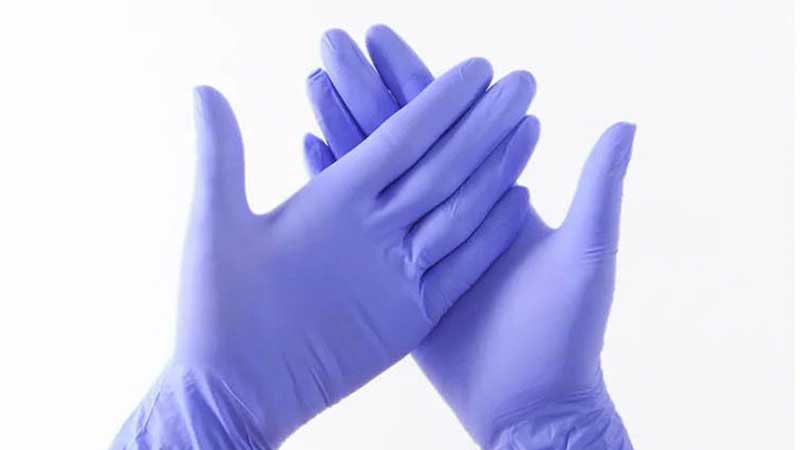
- 自動車用途 自動車業界では, シールにはシリコンが使用されています, ガスケット, 高温に耐える能力があるため、O リングにも使用されます。, オイル, およびその他の化学物質. エンジンやその他の高熱部品の断熱材としても使用されています。. シリコーンの柔軟性と耐久性は、過酷な条件下での長期信頼性を必要とする部品に不可欠です.
- 消費者向け製品 シリコーンはさまざまな消費財に一般的に使用されています, キッチン用品などの (ベーキングマット, スパトゥラ), ベビー用品 (おしゃぶり, ボトル), およびパーソナルケア製品 (シリコンブラシ, マット). その柔らかさ, 非粘着特性, そして、高温に抵抗する能力は、調理器具に理想的な材料になります, その安全性と快適さはベビー用品に適していますが.
- エレクトロニクスおよび電気応用 シリコンは電気断熱にも使用されます, ガスケット, 誘電率が高いため、ケーブルコーティング, 温度安定性, 電気導電率に対する耐性. 電子コンポーネントを熱から保護します, 水分, および汚染物質, 長期にわたるパフォーマンスを確保します.
TPEアプリケーション
| 応用分野 | 説明 |
| 自動車用途 | バンパー, シール, ダッシュボード, フロアマット |
| 履物とファッション | 裏, バッグ, 時計, ベルト |
| 医療用途 | 医療用チューブ, カテーテル, 補綴物 |
| 家電 | 電話ケース, タブレットカバー, 保護ケース |
- 自動車用途 TPEは、自動車業界で広く使用されています, バンパーなど, シール, ダッシュボード, およびフロアマット. その柔軟性が高い, 耐摩耗性, 摩耗や裂け目に耐える能力は、自動車コンポーネントにとって理想的な材料になります. TPE はさまざまな形状に成形できるため、さまざまな自動車用途向けの複雑な設計も可能になります。.

- 履物とファッション 耐摩耗性あり, 柔軟性, および耐久性, TPE はソールとして一般的な選択肢です. バッグなどのファッション小物にも使われています, 時計, とベルト, 軽くて強い素材を提供する.
- 医療用途 TPEはチューブなどの医療機器に使用されています, カテーテル, そして包帯. 生体適合性, 耐薬品性, 柔軟性と柔軟性により、身体との短期間の接触に適しています。. 繰り返しの曲げに耐えられるため、ひび割れや破損が発生しません。, TPE は補綴物や整形外科用器具にも使用されています.
- 家電 TPE は電話ケースでの使用が増加しています, タブレットカバー, およびその他の電子機器用保護ケース. その衝撃吸収性, 耐傷性, 柔軟性と柔軟性により、衝撃や日常の摩耗に対して優れた保護を提供します。. TPEはその透明性と靭性によりスクリーンプロテクターにも使用されています.
費用は異なりますか?
シリコンコスト
シリコーンは、その複雑な製造プロセスと特殊な原材料のため、一般に他の多くのエラストマーよりも高価です. シリコーンのコストは、その高性能機能などの要因に影響されます。, カスタム配合, そしてそのユニークな特性を実現するには精密な加工が必要です. さらに, シリコーン製造に関わる硬化プロセスと硬化後のステップがコスト高の原因となる. 値段が高いにもかかわらず, 要求の厳しい用途におけるシリコーンの長期耐久性と信頼性により、多くの場合、投資が正当化されます。. しかし, それほど重要ではない用途向け, コストが制限要因になる可能性がある, 特に大規模生産では.
TPEのコスト
TPE は通常、シリコンよりも手頃な価格です, したがって、コスト重視のアプリケーションにとっては魅力的な選択肢となります。. TPEの製造プロセスはシリコーンよりもシンプルで、必要なエネルギーも少なくて済みます。, 全体的なコストを削減する. TPE は大量生産が可能で、履物などのさまざまな用途に多用途です。, 自動車部品, および消費者製品. TPE は、低価格で優れたパフォーマンスと耐久性を提供します。, 高性能アプリケーション向けに特殊な配合を使用するとコストが増加する可能性があります. それにもかかわらず、, 多くの業界にとって、シリコンに代わるより予算に優しい代替品として残っています。.
結論
結論は, シリコーンとTPEはどちらも優れた特性を備えています, ただし、その適合性はアプリケーションの特定のニーズによって異なります. シリコーンは高温環境や生体適合性のある製品に適しています, 一方、TPE は耐摩耗性と柔軟性が必要な用途に優れています。.
高品質のシリコン製品を選択するとき, 私たちの会社は、あなたに並外れた製品とサービスを提供することを約束しています. 私たちのシリコン製品は、優れた柔らかさで有名です, 柔軟性, および耐久性, それらを医療などのさまざまな業界で広く使用する, 自動車, およびエレクトロニクス. カスタマイズされたソリューションまたは標準化された製品が必要かどうか, 私たちはあなたのニーズを満たすことができます. 詳細については、いつでもお問い合わせください, そして、私たちはどんな質問や注文についてもここにいます. 一緒に成功した未来を築きましょう.